They are immortal words: “Health and safety gone mad.”
How many times have you heard that phrase? Or even said it yourself? Numerous times I’d guess. I know I’ve said it. Many times.
While I certainly shake my head at many current day nanny-state-style health and safety warnings, there is one I totally and utterly support, albeit rather late in the day – the wearing of a helmet when riding a bike.
I recently fell off my bike. Actually, I didn’t fall, I hit a kerb at full blast and went soaring right over the handlebars.
I could have easily broken my neck. Thankfully I didn’t, only cuts and bruises on my face and hands, and concussion.
“Were you wearing a helmet?” the doctor in A&E asked me.
“No,” I replied sheepishly.
Granted, on this occasion, it wouldn’t have made much of a difference, as it was my face and ribs that took the hit, but it really made me sit up and take notice. I now never ride my bike without my helmet on. And to be honest, as I write this, I shake my head at the fact that it took me decades to do so.
If you ride a bike, even just down the road, around the town you live in, or to the shops, please wear a helmet.
I got the idea for this column while writing last week’s one on Bonfire Night. I recalled us kids gathering together anything that would burn from neighbours for our bonfire.
Then, using petrol, we lit our bonfire in the back green at my grannie’s. And that got me thinking. What else did us kids in the ’70s do that I doubt is allowed or frowned upon today?
We climbed trees. Put marbles in our mouths, up our noses. On swings we stood on the actual swing and rode it right up to the bumps, and in playgrounds that of course had no soft padding, just concrete, sometimes even dog poo and broken glass.
We never washed our hands if we could get away with it, we played in the mud with insects, swam in rivers and probably swallowed half of it.
We played football in the street – darting in and out of parked cars and running across roads. And when we had real winters, we played in the snow with no jackets or gloves on, fingers dirling with the cold.
How on Earth did we survive?
Do cars still have cigarette lighters in them in? I remember as a kid, when my dad was lighting up in the car, I stuck my finger in the red-hot lighter – I screamed the place down.
I knew I shouldn’t have done it, but well, it’s that thing of when we see a sign that says “wet paint”, what do we do? That’s right, we touch it!
And I also remember, as a kid, when mum would put a plate of food in front of me and say: “Don’t touch, it’s hot.”
Red rag to a bull that was, because the very first thing I’d do? Yes, you guessed it, I always touched the plate.
I’d love to understand the psycology behind all that.
On the subject of “how did we survive”, I read an astonishing article last week. Amou Haji was an Iranian man who recently died aged 94. Nothing spectacular about that you may think. However, what is spectacular is that he didn’t wash at all for 50 years.
No soap or water for 50 years.
His skin was covered in soot and pus. He lived in a shack with no electricity, eating mostly rotten meat and dirty water from an old can. He also liked to smoke numerous cigarettes at the same time.
Local villagers tried on countless occasions to get him to wash and drink clean water, but such requests made him “sad” apparently.
Finally, earlier this year, they convinced him to bathe. The result? He became ill and died soon after. Poor guy, they should just have left him alone.
There are, of course, many benefits from businesses having been forced over the years to make our working environments safer. Countless lives have no doubt been saved. Can we even imagine today, people working in mills and factories, long shifts, underpaid, half asleep and using dangerous machinery? Or how about chimney sweeps using kids to crawl up inside the lum to help clean it?
Even in modern times, we can say that health and safety type laws have made all our lives better.
The one that springs to mind is the compulsory use of seatbelts in cars. I’m sure that a young adult today would find it very strange that up until 1983, it was not compulsory to wear seatbelts in the UK. Surely there can’t be anyone left today that thinks that this was health and safety gone mad?
But of course, there are many examples of health and safety gone mad. Numerous websites have reported the findings of researchers who polled workers and were told the following.
Not allowed to give a colleague a paracetamol. Having to fill out a form to use plasters. A ban on birthday cake candles. Not allowed to change lightbulbs without asking permission. Only allowed to use plastic knives and forks at work. Having to report a small paper cut in the company’s “injuries book”.
Christmas decorations banned in case someone tripped over them. Not allowed to leave any doors open as it’s a fire hazard. No wearing of shorts, even in summer. No running. No climbing of ladders. No drinks near a computer or laptop. No toasters. Reminders to use the handrail when on the stairs. No eating while walking. No hot drinks. No balloons in the building. No sharing of food, due to contamination and potential food poisoning. No open windows. No hanging baskets – people may bump their heads. Use clip-on ties only, as real ones are a choking hazard.
Whether these are true or not, I cannot confirm, but it would not surprise one bit me if they were all true.
A council in England even banned kite flying on the beach, in case a falling kite hit someone. Yo-yos have been banned from certain playgrounds. I also read somewhere that children have been banned from playing conkers. No candy floss allowed on a stick, and pin the tail on the donkey – banned.
As for the wonderful school sports day, some schools have banned the three-legged race and the egg and spoon. How sad. I loved sports day at my primary school, especially the three-legged race. I even won the egg and spoon race once. But have to finally confess…I stuck the egg to the spoon with a well-chewed piece of chewing gum.
Good, sensible health and safety rules are there for a reason, to keep us safe and save lives. But it seems to me that many of our current day rules are over-zealous and treat us like idiots, not adults.
What do you think? Are all the health and safety rules a necessity or over the top?
As I think back to my childhood and recall all the things we used to do, I say once again – how did we all survive!
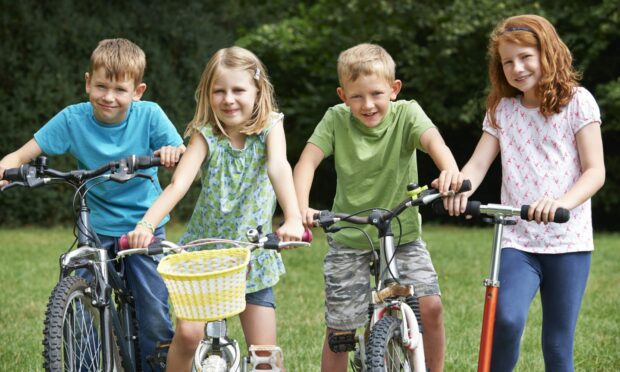
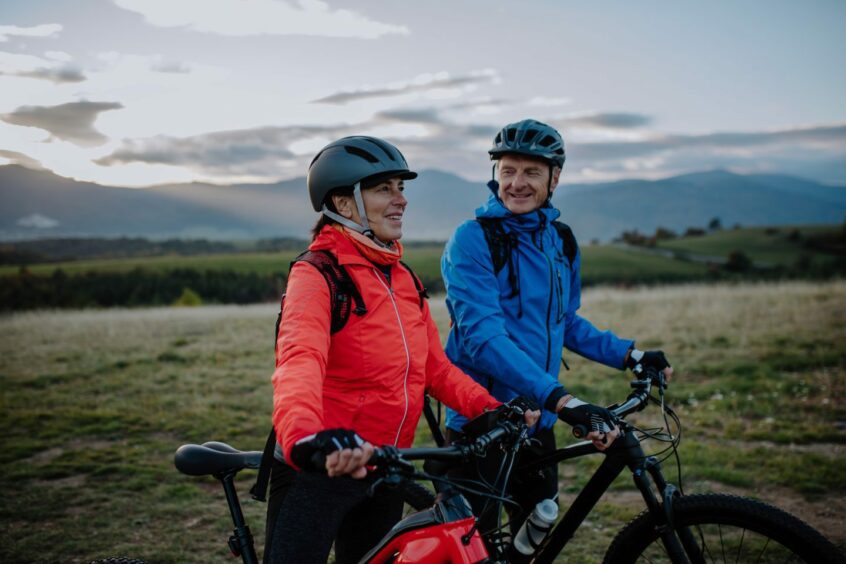
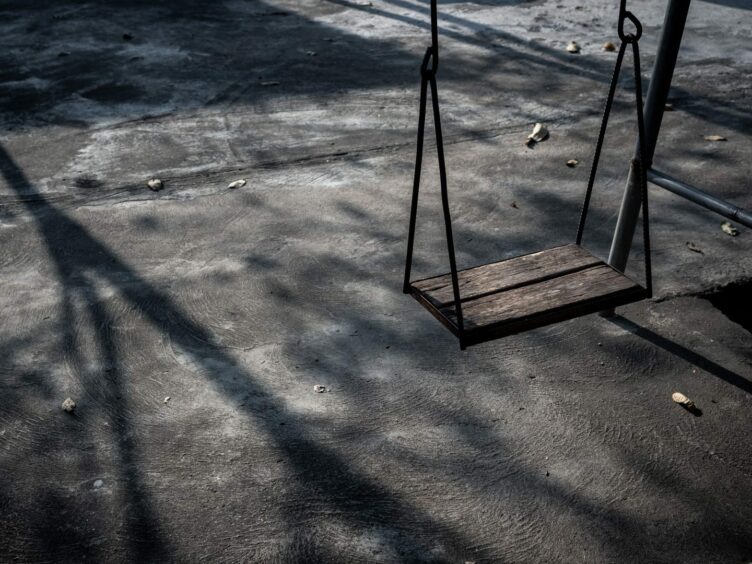
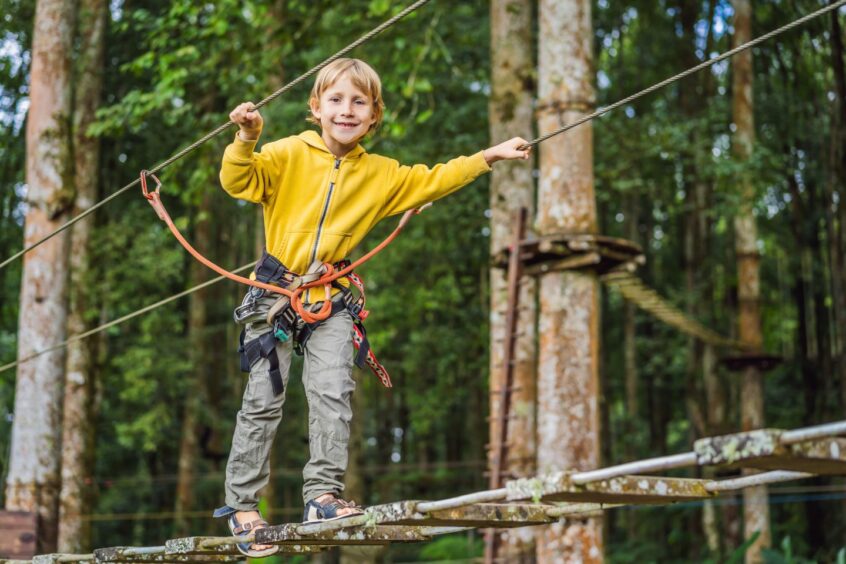
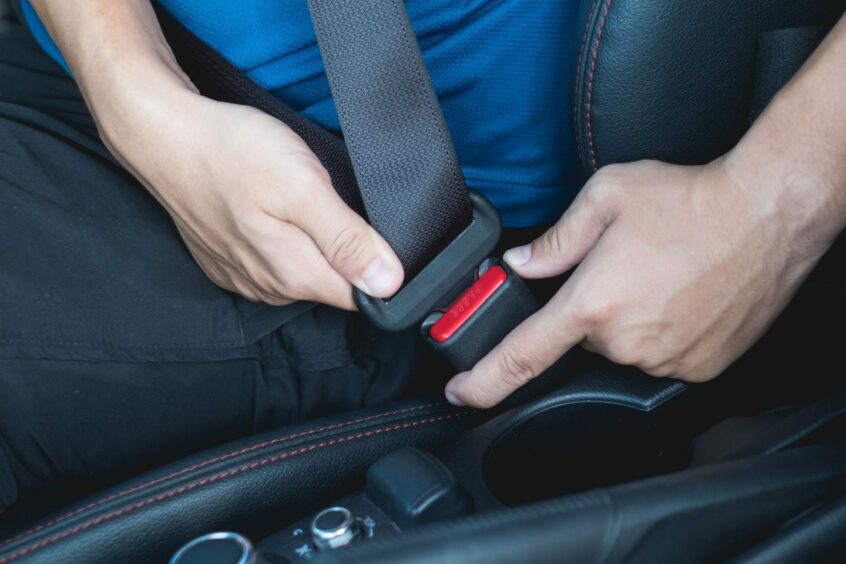
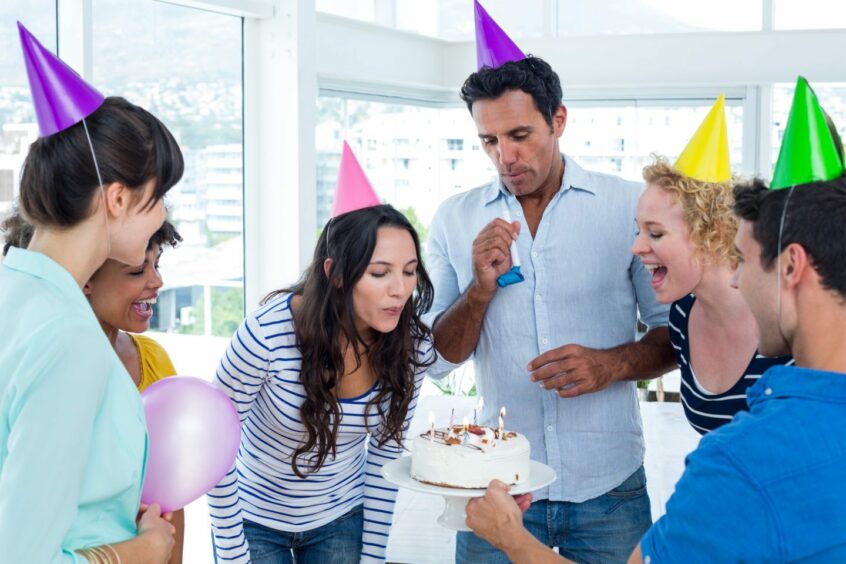
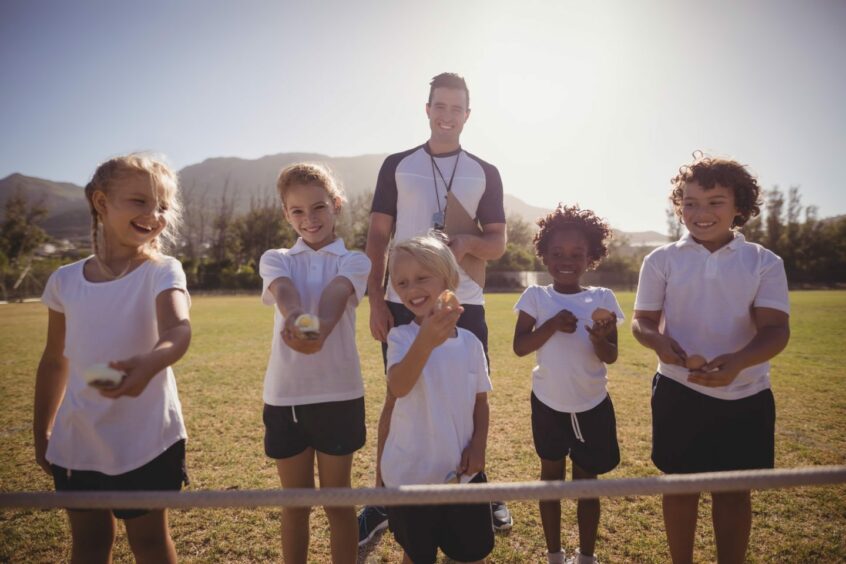
Conversation